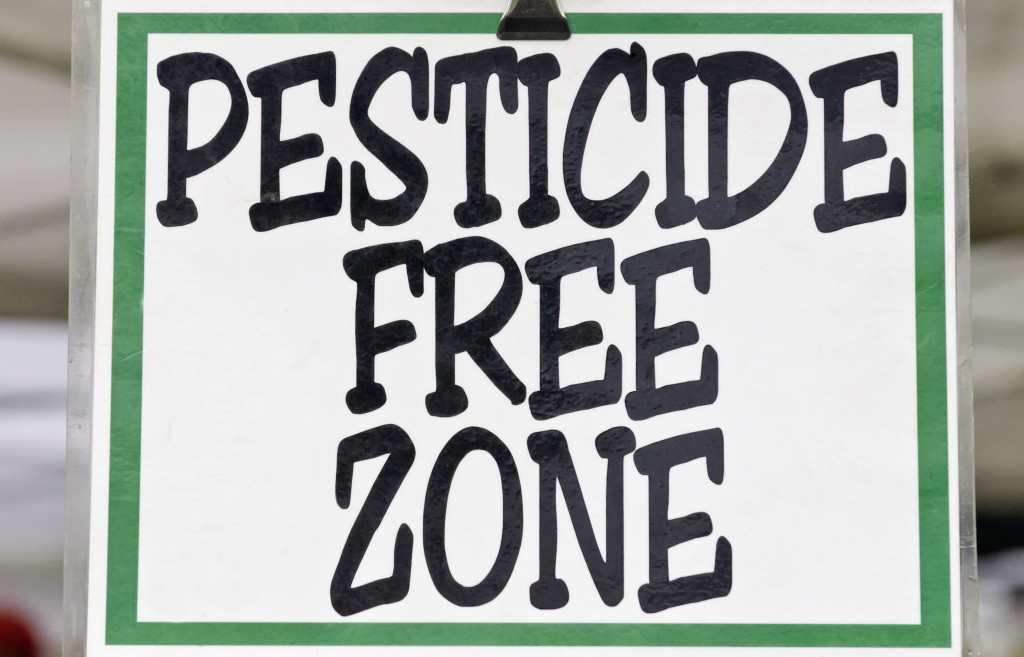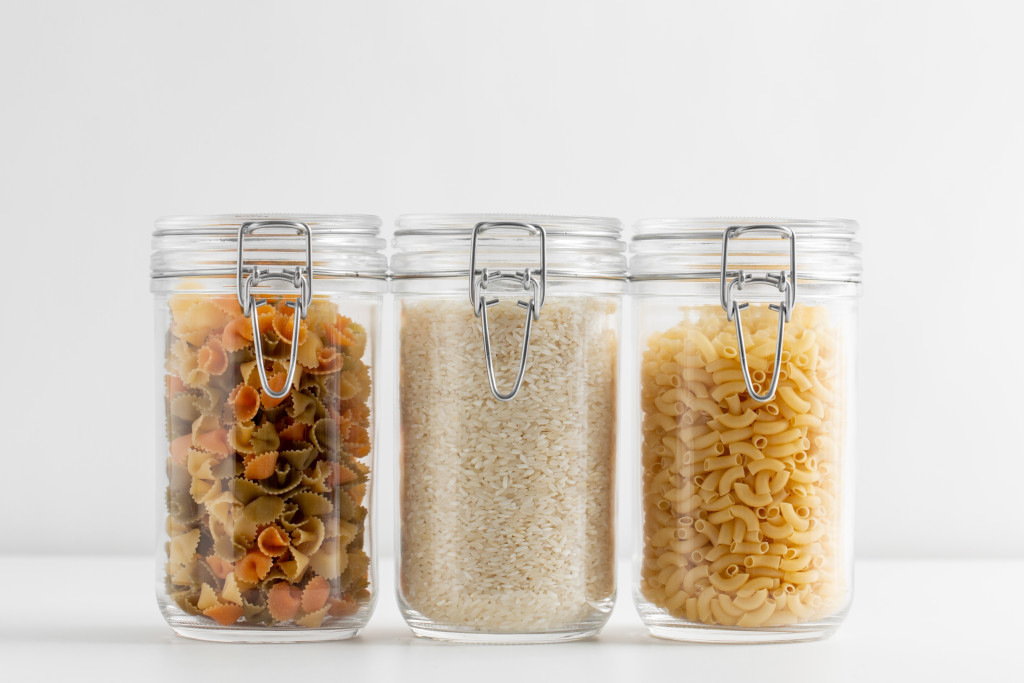- Choose non-toxic products to minimize kids’ exposure to chemicals.
- Buy organic produce and use natural pest control methods when possible.
- Keep your indoor air clean by dusting, vacuuming, and improving ventilation.
- Avoid certain plastics with BPA and phthalates for food or beverage containers.
- Prevent plumbing leaks to avoid mold growth and other toxins.
As a parent, you want to do everything you can to keep your kids safe and healthy. One way to do that is to reduce their exposure to environmental toxins, which can be found in everything from the air you breathe to the food you eat. Exposure to these toxins can lead to various health problems, including asthma, allergies, and even cancer. Here are five tips to help you reduce your kids’ exposure to environmental toxins.
1. Choose Non-Toxic Products
Many household and personal care products contain toxins that can harm your kids’ health. These include chemicals like phthalates, parabens, and triclosan, which can disrupt hormone function and cause developmental problems. To reduce your kids’ exposure to these toxins, choose non-toxic products whenever possible. Look for products labeled “fragrance-free” and “paraben-free,” and avoid products with long lists of unpronounceable ingredients. Consider making your own cleaning products using natural ingredients like vinegar and baking soda.
2. Avoid Pesticides

Pesticides are another source of environmental toxins that can harm your kids’ health. They are commonly used on fruits and vegetables to kill pests but can also be found in other products like lawn care chemicals and bug sprays. Choose organic produce whenever possible to reduce your kids’ exposure to pesticides. If you can’t afford to buy all organic, focus on the “Dirty Dozen,” which are the fruits and vegetables with the highest pesticide levels. You can also reduce your use of pesticides around the home by using natural pest control methods like planting herbs that repel bugs or using sticky traps.
3. Keep Indoor Air Clean
Indoor air can be more polluted than outdoor air, and exposure to dust, mold, and volatile organic compounds (VOCs) can harm your kids’ health. This is because dust, mold and other allergens can be trapped indoors without proper ventilation.
Here are ways to keep your indoor air clean:
Keep Your Home Clean
Regularly dust and vacuum your home to remove allergens and pollutants from the air. Use a damp mop instead of sweepers, which can stir up more dust. Choose nontoxic cleaning products, as conventional cleaners contain VOCs that can pollute the air in your home.
Improve Ventilation
Open windows whenever possible to bring fresh outdoor air and reduce indoor pollution. Install exhaust fans in bathrooms, the kitchen, and other rooms where people cook or clean—they help reduce moisture levels and keep odors out of the house. If you don’t have any windows to open, change your HVAC filter to keep it working efficiently regularly.
Opt for Natural Air Filters
Consider using an air purifier to remove pollutants from the air in your home. Look for an air purifier that uses natural filters, such as a HEPA filter or activated charcoal filter, which effectively captures most airborne particles and odors. Make sure to change the filters regularly to ensure optimal performance.
Avoid Harmful Products
Many common household products emit VOCs into the air, including paints, furniture, carpeting, aerosol sprays, and cleaning agents. Choose low-VOC options whenever possible and keep products in well-ventilated areas when using them inside your home—this will help reduce indoor pollution levels.
4. Avoid Plastics

Some plastics may have harmful chemicals such as bisphenol-A (BPA) and phthalates that can seep into food and drinks and potentially lead to health issues. Avoid using plastic containers for food and drinks whenever possible to reduce your kids’ exposure to these toxins. Instead, choose glass or stainless steel containers, which are more durable and less likely to leach chemicals. If you must use plastic, look for products labeled “BPA-free” and avoid putting hot liquids or acidic foods in plastic containers, as these can cause chemicals to leach more quickly.
5. Prevent Leaks
Leaks can be a major source of environmental toxins in the home. Leaking pipes and fixtures can lead to mold growth, which releases particles into the air that can cause respiratory problems. To reduce your kids’ exposure to these toxins, hire the services of a reliable plumber to repair any plumbing leaks promptly. A professional plumber will be able to identify and repair leaks quickly and advise you on preventive measures, such as installing water filters or replacing old fixtures with newer models that are less likely to leak. Keeping your plumbing system in good condition is one of the best ways to ensure your family’s safety and minimize their exposure to environmental toxins.
In Summary
Reducing your kids’ exposure to environmental toxins can be challenging, but it’s an important step in keeping them healthy and safe. Remember to choose non-toxic products, avoid pesticides, keep indoor air clean, avoid plastics whenever possible, and prevent leaks in your home. With these strategies in place, you can help to reduce your kids’ exposure to environmental toxins and create a healthier home environment.